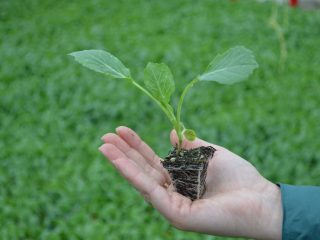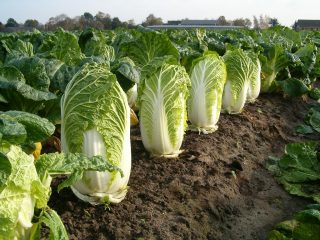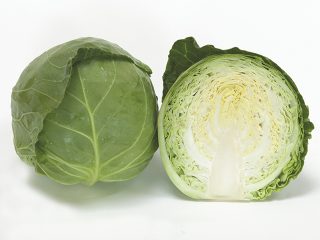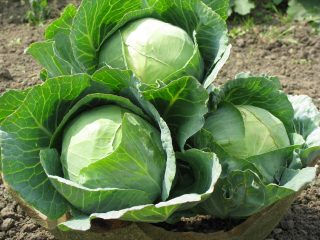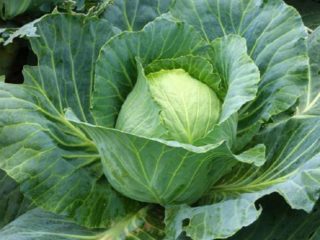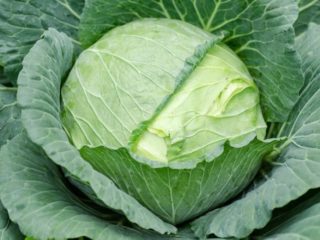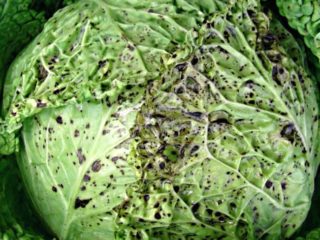Content
It is important to harvest kohlrabi on time in order to obtain the best taste and maximum accumulation of valuable elements. Meeting deadlines affects shelf life. It is necessary not only to harvest cabbage in a timely manner, but also to do it correctly and provide appropriate conditions.
When to remove kohlrabi cabbage from the garden
The timing of harvesting kohlrabi cabbage depends on the selected variety and the time of emergence. There are a number of signs indicating the maturation of a culture.
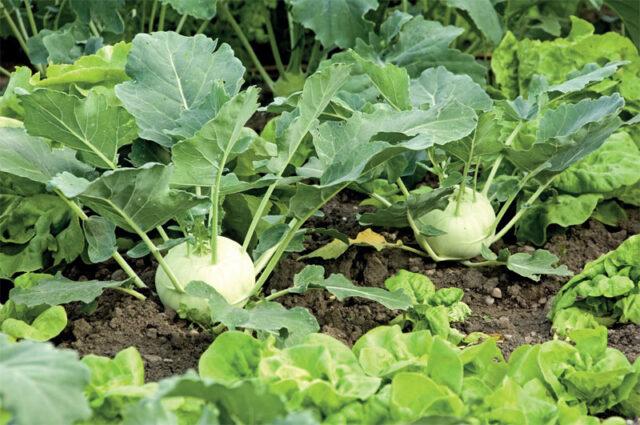
Fruits over-seasoned in garden beds have fewer valuable elements, and the flesh is too hard, fibrous and dry
Kohlrabi ripening time
When kohlrabi cabbage ripens depends on the variety planted. Time is counted from the moment of emergence of seedlings:
- early varieties ripen in 55-70 days;
- mid-season – 80-120 days;
- late – 120-180 days.
Early kohlrabi is usually planted in April, so it is harvested in June. Often two harvests are obtained per season. In this case, replanting is carried out in June. The harvest needs to be done in August.
For long-term storage, late varieties are planted. They do this in June. The harvest is harvested at the end of September or October, before the temperature drops below -4 °C.Short-term frosts are acceptable; they are not harmful to the crop.
How to tell if kohlrabi is ripe
In addition to the ripening time characteristic of a particular variety, the appropriate time for harvesting is judged by the appearance of the crop. The following signs indicate ripeness:
- the root diameter of late varieties is up to 10-12 cm, mid-season - 8 cm, early - 6-8 cm;
- weight 100-120 g, depending on the variety, for late cabbage up to 0.5-0.6 kg.
The crop should not be kept on the beds in pursuit of the maximum size of heads of cabbage and weight. In this case, the taste, composition, and consistency of the pulp will suffer.
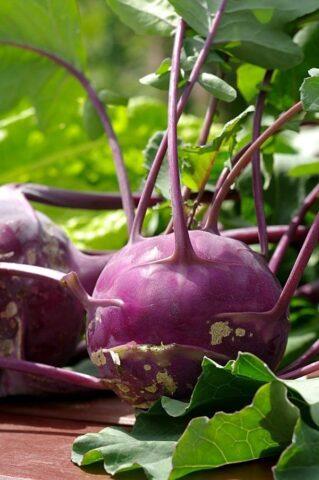
For long-term storage, late varieties such as Violetta, Giant, Goliath white or blue, Kossak, Globus are optimal
Rules for harvesting kohlrabi
Harvest the crop from the beds on dry and sunny days. If the variety is late and frost has already set in, then work should be postponed until the second half of the day, when the temperature reaches above zero.
There is no need to cut kohlrabi cabbage if you plan to store it. The heads of cabbage are simply pulled out of the garden along with the roots. Harvesting will be much easier if you water the soil a day before.
The roots are not cut. You just need to clean them from the soil by shaking them or gently wiping them with a soft cloth. There is no need to wash the roots.
Only the leaves are trimmed. This can be done with a sharp knife or small garden pruning shears. If the heads of cabbage will soon be used for food, you can also cut off the stalk with roots.
When the crop is not supposed to be stored, it is permissible to cut off the head of cabbage at the base, leaving the lower part of the stem. Up to three new fruits can then form on it, but smaller in size.
For long-term fresh preservation, it is best to plant and harvest purple varieties of kohlrabi. Their keeping quality is higher.
Storage conditions and methods
The culture has good shelf life if the right conditions are provided. Early varieties are stored in the refrigerator for up to 2-3 weeks, others for up to a month. Leaves must be removed. At room temperature, the period is reduced to 2-3 days.
For long-term preservation, late varieties are needed. They are best stored in a cellar or basement under the following conditions:
- temperature 0 °C;
- air humidity 95%;
- preliminary culling - only healthy and strong specimens without damage or signs of disease are suitable for long-term storage;
- leaves removed, roots left.
There are several options for storing in the cellar:
- placing in boxes or baskets with sand;
- placement on gratings with roots down without touching adjacent specimens;
- laying in a pyramid and pouring sand;
- sand track 7-10 cm - heads of cabbage at a short distance from each other with roots down, like in a garden bed.
If there is no basement or cellar, you can store the heads of cabbage on an insulated and glazed balcony or loggia. Late varieties of this cabbage, in the right conditions, can last for five or more months. Mid-season varieties are stored this way for up to 60 days. Alternative options are freezing and canning.
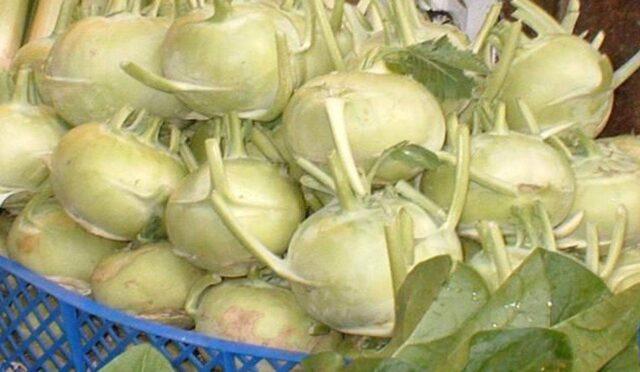
The roots are left to maintain juiciness; trimming them and stalks significantly reduces keeping quality.
Conclusion
Kohlrabi must be harvested in a timely manner so that it is tasty and not tough, and accumulates a maximum of vitamins and other useful substances. Such cabbage is not cut, but pulled out of the ground.If you plan to store it for a long time, you need to choose late varieties. It is optimal to harvest the crops in the basement or cellar.
